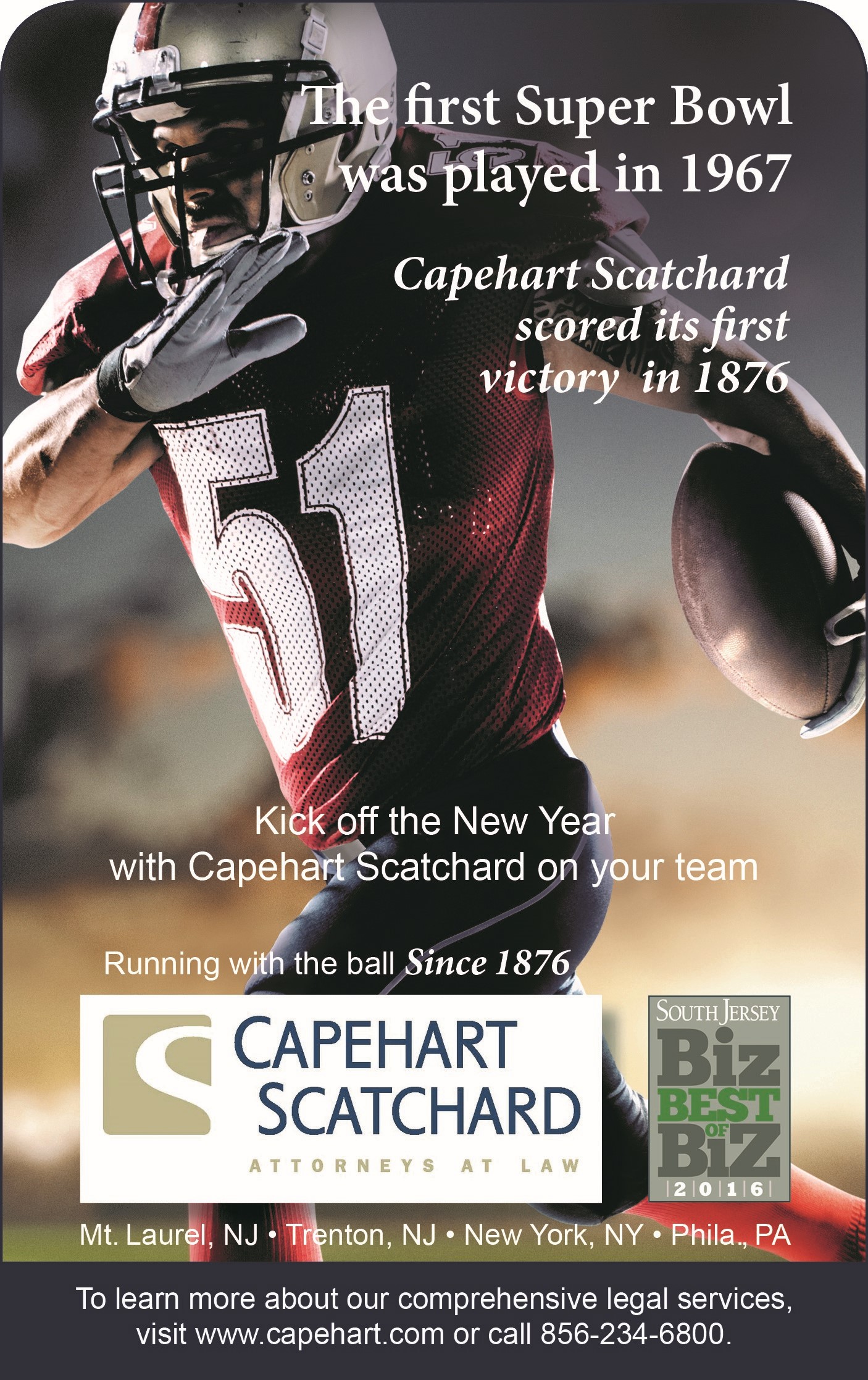Understanding The Deviation From Employment Defense
Workers’ compensation practitioners have all heard of the defense of deviation from employment. But where does the defense come from? The New Jersey Workers’ Compensation Act has well over 100 sections to it, but nowhere will you find any reference to the defense of deviation from employment. Yet the defense does exist. We know that because the New Jersey Supreme Court said 20 years ago in Jumpp v. City of Ventnor that the distinction between major and minor deviations still prevails, even though there is no mention of it in the statute and no mention of it in the 1980 Amendments.
The principal sources of workers’ compensation law are the statute itself and the cases that have been decided over the years. The single best treatise on workers’ compensation ever written remains Larson, Workers’ Compensation Law. The author wrote 50 years ago about this distinction between major and minor deviations and suggested a framework to view this important defense. He said one must focus on the following:
- The extent and seriousness of the deviation
- The completeness of the deviation (i.e., whether it was commingled with the performance of duty or involved an abandonment of duty);
- The extent to which the practice of horseplay had become an accepted part of the employment; and,
- The extent to which the nature of the employment may be expected to include such horseplay.
The deviation from employment defense focuses on the conduct of the employee. It is not a medical-oriented defense such an idiopathic injury or a defense that the injury at issue is a preexisting medical condition. The cases in New Jersey fall into two broad categories: those involving actual travel and deviations from the normal itinerary, and those involving somewhat outrageous conduct in respect to what an employer would normally tolerate at work.
An example of the first category would be an employee who is assigned to travel from Cherry Hill, N.J. to Washington D.C. to meet with a customer. The employee decides on the way down Route 95 to literally deviate from the expected travel route in order to visit a popular restaurant 60 miles to the west in Gettysburg, PA. An accident occurs on leaving the restaurant in Gettysburg. This sort of unwarranted side trip would be denied as a deviation from employment. It would be a major deviation because of the sheer distance involved.
An example of the second category would be an employee who brings ankle weights or jump rope into work and then during a break decides to do some aggressive exercise near her desk, falling and then fracturing her femur. In this case the denial again focuses on the worker’s activity and how far afield the activity is to the normal work duties.
It is not necessary for this defense to prove that the employee drove far out of the way. In the Jumpp case the injured worker, who drove around town checking pumping stations, only deviated by about 20 or 30 feet in pulling into a post office parking lot to get his personal mail. He fell in that lot and fractured his pelvis. The Supreme Court held that this was a major deviation from employment because the activity in getting his own mail was completely unrelated to his job in maintaining pumping stations in town.
The line between major deviation and minor deviation is not always clear. In Trotter v. Monmouth County, petitioner had been cutting grass on a very hot day in 1972. He and a co-employee, Mr. Adcock, joined several other workers who started throwing water at one another to cool off. Then Trotter chose to take Adcock’s motorcycle for a ride. He drove off County property for two or three minutes and ran into a telephone pole. The court found that this conduct constituted a deviation from employment.
In contrast, the injured worker in Cooper v. Barnickel Enterprises, decided to take a coffee break in the morning when he was unable to speak with his instructor, who was teaching a class. Petitioner drove his company truck to a delicatessen five miles away from the union hall where his instructor was teaching the class. He had an accident along the way. He said he was going to get a good cup of coffee. He passed several coffee shops along the way. He said, “I was going to kill some time, go get my coffee, come back and if I had time I’d sip it and when the class was over I would talk to John (the instructor) without interrupting him.” The Judge of Compensation ruled in favor of the employee and found just a minor deviation. The Appellate Division agreed that this was a minor deviation from employment.
Outrageous conduct was the crux of Money v. Coin Depot Corp. Mr. Money worked as an armored truck security guard. He was required to carry a handgun. He and two other employees were transporting money when the decedent pulled out his gun and placed it against his chin. He had played Russian Roulette on prior occasions. This time when he pulled the trigger he killed himself. The Appellate Division found that this was clearly a major deviation from employment because the petitioner’s actions created an extraordinary risk of harm.
As can be seen from these cases, this defense requires a thorough examination of the facts and an understanding of the normal work duties. As Professor Larson points out, if the departure from normal work activities is an accepted part of employment, then the Judge of Compensation will not find it to be a deviation. In Secor v. Penn Serv. Garage, the petitioner got splashed with gasoline while filling a customer’s gas tank. His boss suggested that he change his clothes. Mr. Secor declined and then later lit a match while smoking a cigarette. His clothes burst into flames, and he was seriously burned. The court found this to be a minor deviation. There was clearly no outrageous conduct here; the most that can be said is that the injured worker was clearly negligent, but mere negligence does not amount to a major deviation.
When you consider this defense, you may want to view it this way: does the activity have some relationship to work or is it akin to abandoning employment? The more outrageous the activity, the more likely it will be viewed as a major deviation or abandonment of employment.








Connect with Capehart Scatchard